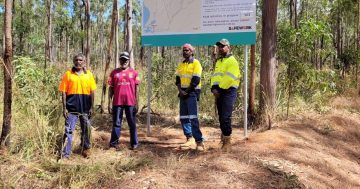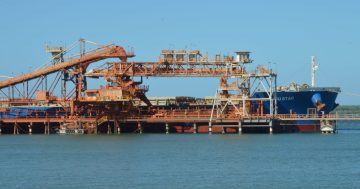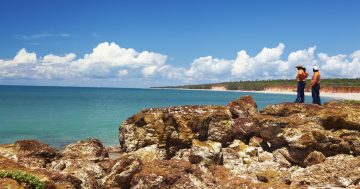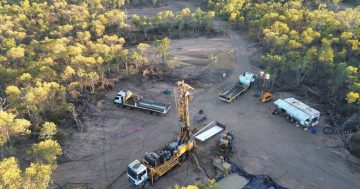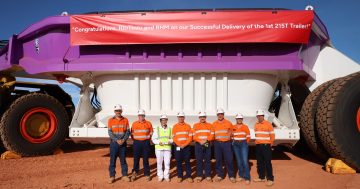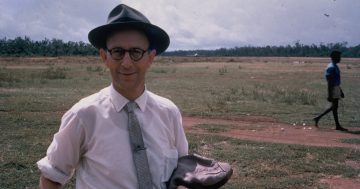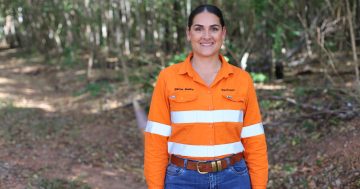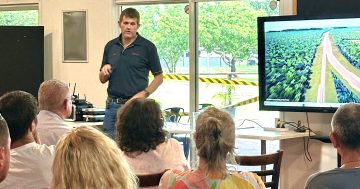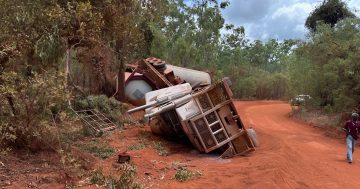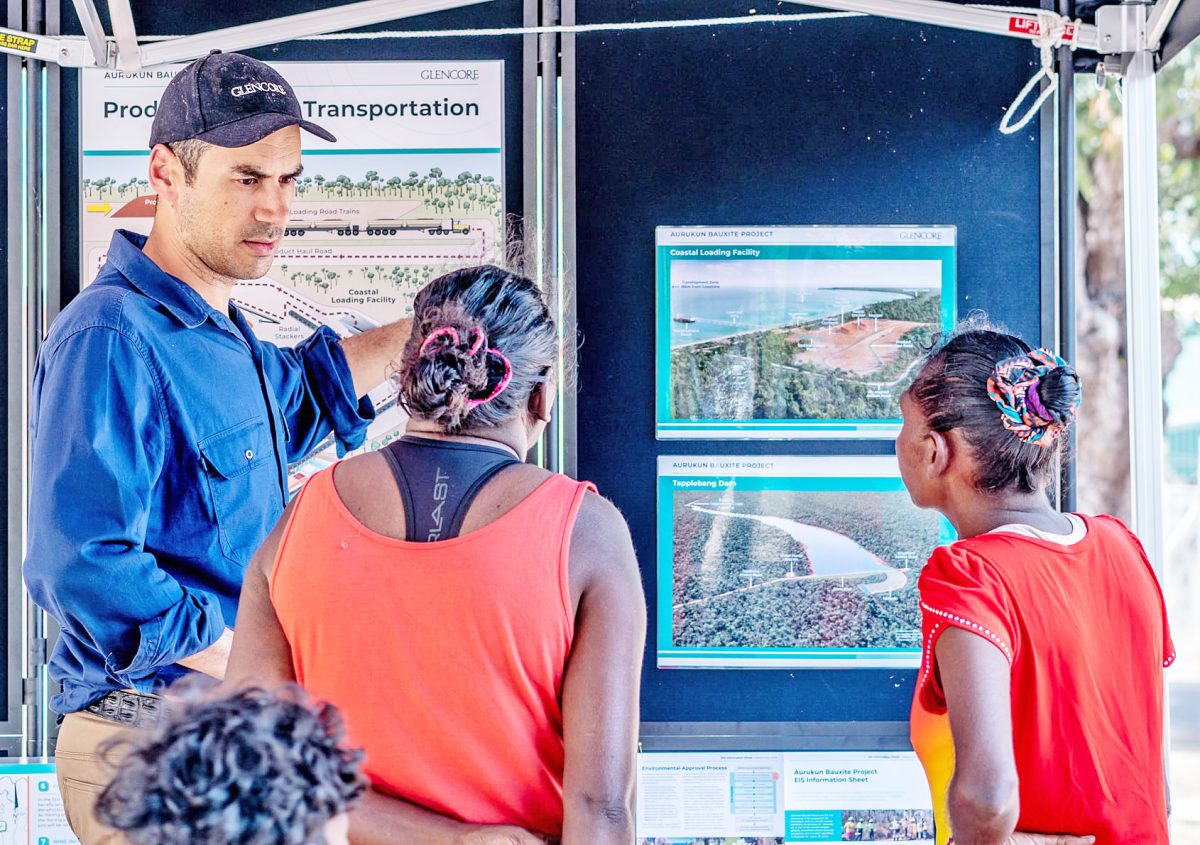
Glencore’s Aurukun Bauxite Project director Julian Farrugia has spent countless hours working with the Aurukun community to develop the plans for the mine.
NESTLED in the middle of a Rio Tinto mining lease near the Amrun site, a parcel of land around 23,000 hectares in size could be the key to unlocking jobs and prosperity for the people of Aurukun.
That’s the vision of many locals, as well as Glencore, which has the mining rights for what is called the Aurukun Bauxite Project.
Glencore’s bid to mine the land took a major step forward this week when it released its Environmental Impact Statement, which is now available for public comment.
It’s the result of years of hard work, both on the ground where the mine is proposed and in the Aurukun community.
Project director Julian Farrugia has been visiting Aurukun for the best part of a decade and has spent countless hours developing the EIS for the mine.
He said the exhibition period for the EIS began on Monday and would run until November 13.
“The EIS represents several years of work gathering baseline survey data, preparing expert technical reports and undertaking an extensive local community consultation process,” Mr Farrugia said.
“The EIS would not have been possible without the support of the Aurukun community, Traditional Owners, and the local workforce who participated in our field survey work.
“As part of the EIS preparation, Traditional Owners were also consulted about elements of the project that were most important to them.
“The process was supported by an independent consultant to ensure their input on priority areas like rehabilitation, marine ecology, cultural heritage, and project commitments was reflected in the EIS.
“The release of the EIS is an important step as we work towards a project approval and investment decision.
“If the project proceeds, the mine is expected to employ up to 300 people during the two-year construction phase, with an average operational workforce of around 400 people based on current project planning.”
Aurukun mayor Keri Tamwoy is in a difficult position as both the leader of the community and the council, as well as a Traditional Owner of the land Glencore is proposing to mine for bauxite.
She said that her family group would only sign an agreement with Glencore if it benefited the people of Aurukun.
“We’ve constantly said that the people of Aurukun are the first priority,” Cr Tamwoy said.
“The community has to be happy with the proposal. As Traditional Owners, we also need to have an agreement in place.
“We’ve been waiting for the EIS to be released and we’ll have a close look at it, along with a legal person, to see what is proposed by Glencore.”
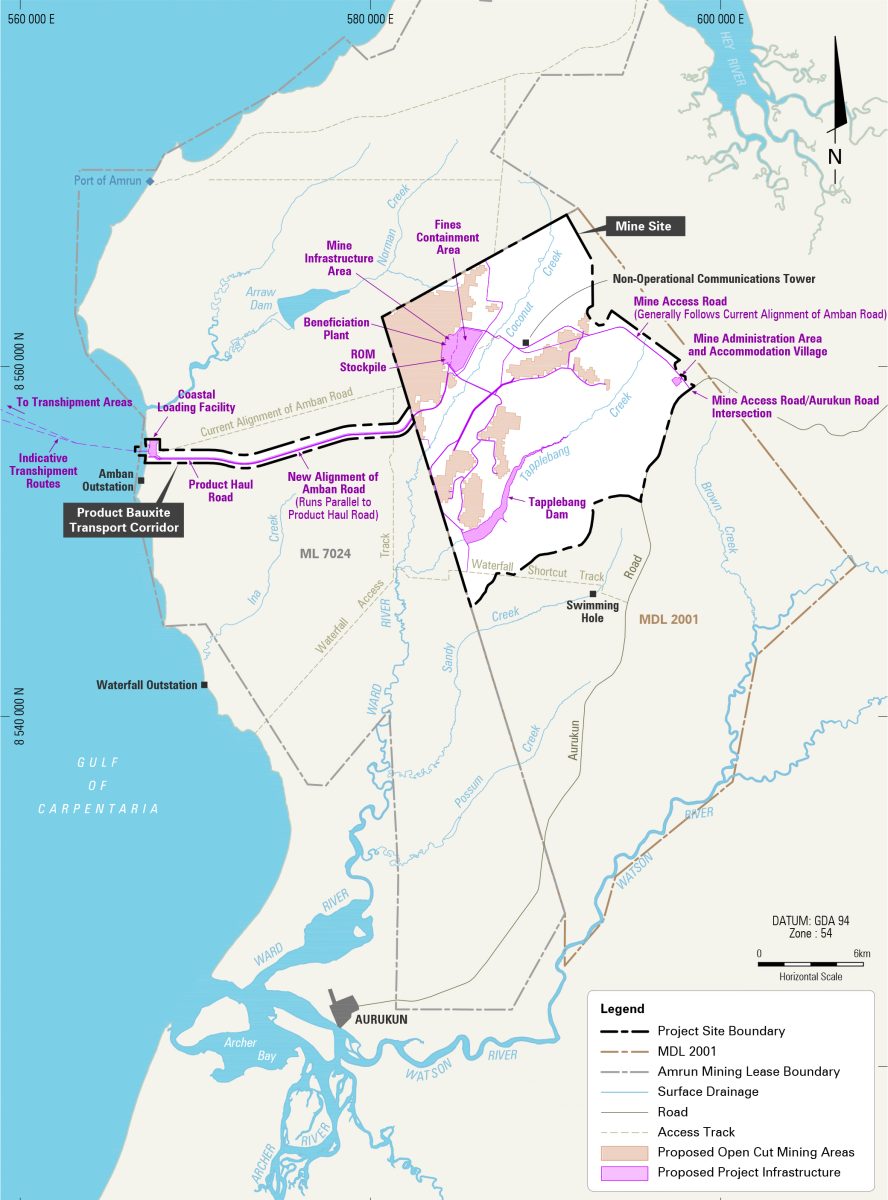
A map highlighting Glencore’s proposed Aurukun Bauxite Project, which was published in the company’s EIS this week.
The release of the EIS is just one of many steps Glencore has to go through for approvals to build a bauxite mine in Cape York.
And even if all approvals are granted, there is still no guarantee that the operation will go ahead.
The Aurukun Bauxite Project is 70 per cent owned by Glencore, with Mitsubishi Development the other stakeholder under a joint venture agreement.
They would have to agree to fund the capital required to construct the mine infrastructure and give the project the green light.
Rio Tinto’s Amrun mine went through a similar process, although Glencore is not a public company.
The earliest construction would likely take place is 2025, which would mean mining couldn’t start until 2027.
In the EIS, Glencore said the project would likely have a mine life of around 22 years.
“The project would also provide substantial economic benefits to the region, Queensland and Australia,” Glencore said.
“During the construction phase, the project is forecast to create approximately 250 direct jobs and during operations it would create approximately 350 direct jobs.
“Indirect job creation has been estimated to be in the order of 500 jobs during construction and 800 jobs during operations.
“The proponent anticipates that 10 per cent of the construction workforce and 15 per cent of the operations workforce would be sourced from the Aurukun Shire.
“The project would contribute up to $400 million annually to the Western Cape economy during the operations phase, and a further $80 million annually to the Cairns region.
“The project would also contribute substantial Queensland and Australian government revenue through royalties (approximately $415 million present value over the life of the mine) and government taxes.”
Because the mine is located in the middle of a Rio Tinto lease, an agreement would need to be struck between the rival mining companies for access to a to-be-created port on the coast.
“Rio Tinto and the proponent are engaged in discussions regarding the development of an agreement to establish the basis for the required consent,” the EIS said.
“The proponent is in discussions with the DTMR and Maritime Safety Queensland regarding the relevant regulatory requirements for the maritime components of the project.
“A port will be declared for the project, and discussions have included consideration of whether the facility would be privately operated or fall under the designation of a government owned corporation port authority.”
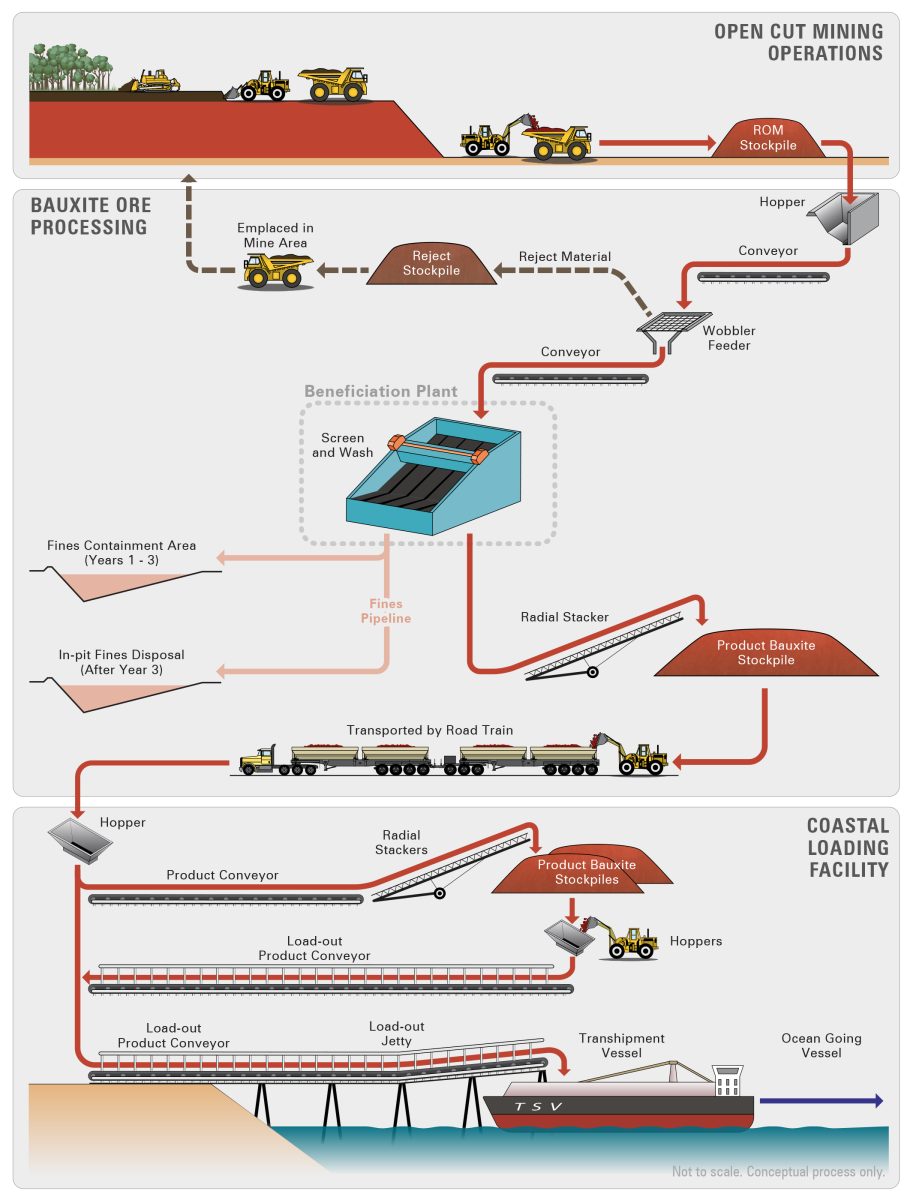
A breakdown of Glencore’s proposed processes, as published in the company’s EIS.
Unlike Rio Tinto’s Amrun and Weipa ports, Glencore would rely on transhipping to export bauxite.
It involves a smaller ship making multiple trips to a bulk carrier anchored off-shore.
“The TSV (transhipping vessel) would operate 24 hours per day and would take approximately 12 hours to complete a cycle, including loading time at the load-out jetty, travel time and loading the (bulk carrier) in the transhipment area,” Glencore’s EIS said.
“The TSV would make 2 return trips per day and operate for approximately 320 days per year.
“It would take the TSV approximately 12 trips to load.”
Environmentally, there are some hurdles for Glencore.
There are a number of endangered or threatened species in the proposed mine site, including the palm cockatoo, red goshawk and black-footed tree rat.
Water is also another concern.
The mining operations would have an annual water demand of approximately 10 giga litres per year, according to the EIS.
The primary water supply for the mining operations is a proposed dam on Tapplebang Creek.
“The construction of Tapplebang Dam will lead to a physical disturbance of aquatic habitat by replacing a 10km long stretch of fast flowing, narrow creek with a lake that has extended permanency of water,” the EIS said.
“Although this may create new habitat for some native aquatic species, the dam lake would also provide ideal habitat for invasive weed and fish species and it will be necessary to adopt biosecurity measures to reduce the likelihood of such species establishing in the dam lake.
“The dam has the potential to impact on fish migration and consequently a fishway has been included as part of the design of the dam.
“A bypass fishway has been proposed, which will operate when the dam is overflowing.”
Once up and running, Glencore says between 350 and 406 full-time workers would be needed to run the bauxite mine.
“Approximately 255 FTE workers would be on site at any one time,” the company’s EIS said.
Glencore says the mine would be a FIFO operation, with most of the workforce landing at Aurukun Airport and then travelling to the mine camp via bus.
“The project is expected to require up to two flights into Aurukun per day,” the EIS said.
“These flights would be charter flights from Cairns and Weipa and would typically be scheduled for weekdays during daylight hours.
“Charter flights from Weipa would only occur during the wet season at times when Aurukun township is inaccessible by road.”
The full EIS, as well as more information about the project, is at www.aurukunbauxite.com.au


